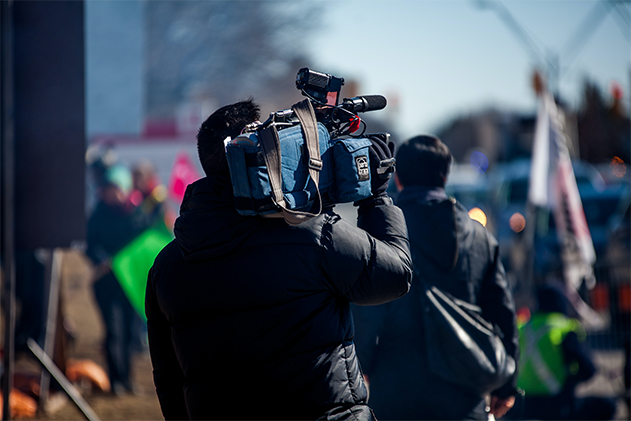Sparks fly
CAMERA & VIDEO
JOURNALISM TRAINING COURSE
The optimal length for this course is two days. That leaves delegates with the minimum necessary to start shooting professional
content. Broadcasters wanting to train new V.J.s usually opt for the five day course.
5 Day
Course
Full length version of the course where we are able to watch and discuss a number of long form documentaries and really get an understanding of long form narrative structure.
3 Day
Course
A tighter version of the course losing one of the homework modules, ie one stage of the delegate development process. We also focus down on only a couple of documentaries to study.
2 Day
Course
A very condensed version of the course with little or no room to study any documentaries in full length and missing a couple of the delegate development exercises. But still a very effective course.
Sparks fly
CAMERA & VIDEO
JOURNALISM TRAINING COURSE

Course Summary
This is a generic two day camera training course which can be adapted and re-focussed to particular cameras (where possible). It covers both semi-automatic shooting for complete beginners, and moves up to full manual operation. The course balances technical and creative training, looking at framing and lighting as well as some editorial considerations that may effect how you shoot.
There are 3 and 5 day versions of this course. The longer versions allowing for shooting exercises to really hone the shooting and V.J. skills.
WHO’S IT FOR
This course is for both complete beginners as well as those already shooting but wanting to really consolidate their filming skills and understand video and DSLR cameras better.
OUTCOMES
Delegates will come away with a better understanding of how to operate a video camera, what shots to get, how to use natural light as well as set up a simple 3 head lighting kit. They will learn how to record better sound, what accessories are needed, how to approach a shoot and breakdown a scenario to film the correct shots needed for the edit. They’ll have learnt how to shoot professional broadcast quality interviews and how to best deal with the media afterwards.







